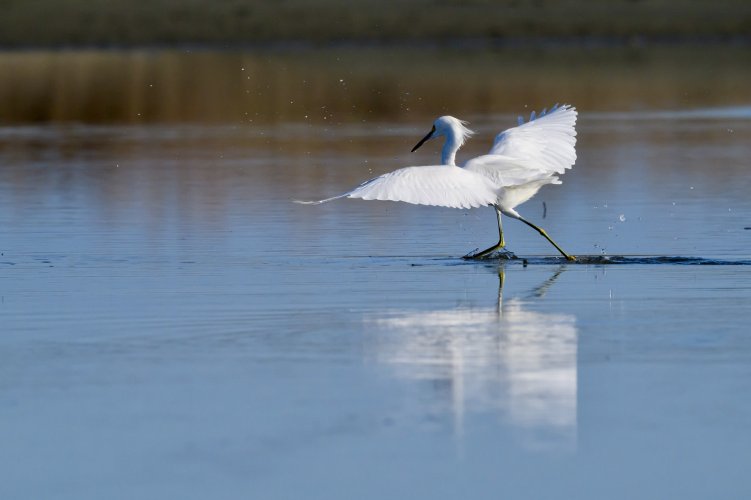GinaLola
Member
Hi everyone. I shoot mostly nature and bird photograph, with an emphasis on birds. We live in S.C. and spend equal time in the upstate as well as on the coast. I shoot primarily with my Z9 or Z8 and either my Z600/6.3 or my Z800/6.3. This year I’ll be targeting shorebirds even more than years past for some projects I’m involved with and my question is how to avoid soft images caused by heat haze or distortion. I’ll be shooting on the beach a lot, as well as some tidal pools and marsh. What wise words can you share to help me make the most out of these two lenses? I mainly shoot handheld or with a ground pod, sometimes a tripod. I’ve attached a photo I took last fall using my ground pod and 800/6.3 but it was one of those perfect weather days, no wind, low humidity and mild temps. Those days are few and far between here in S.C. Thanks in advance for your help.


